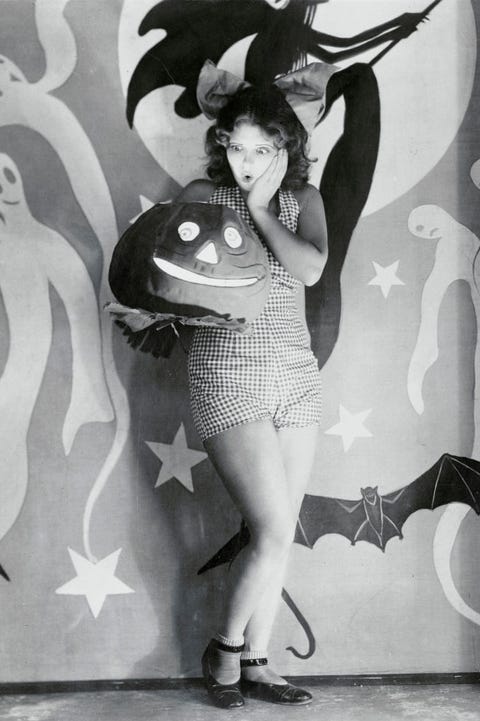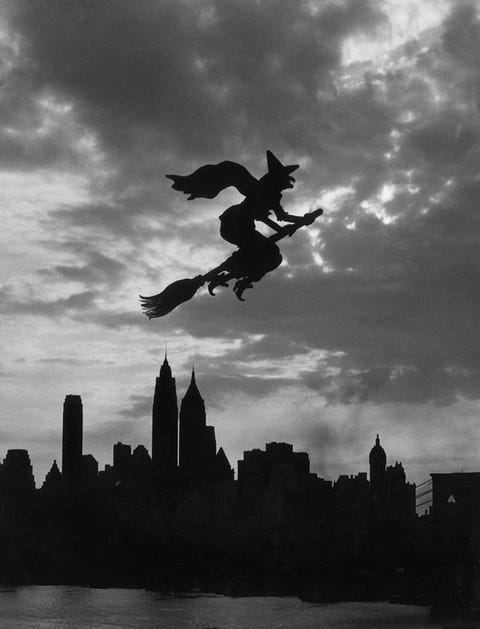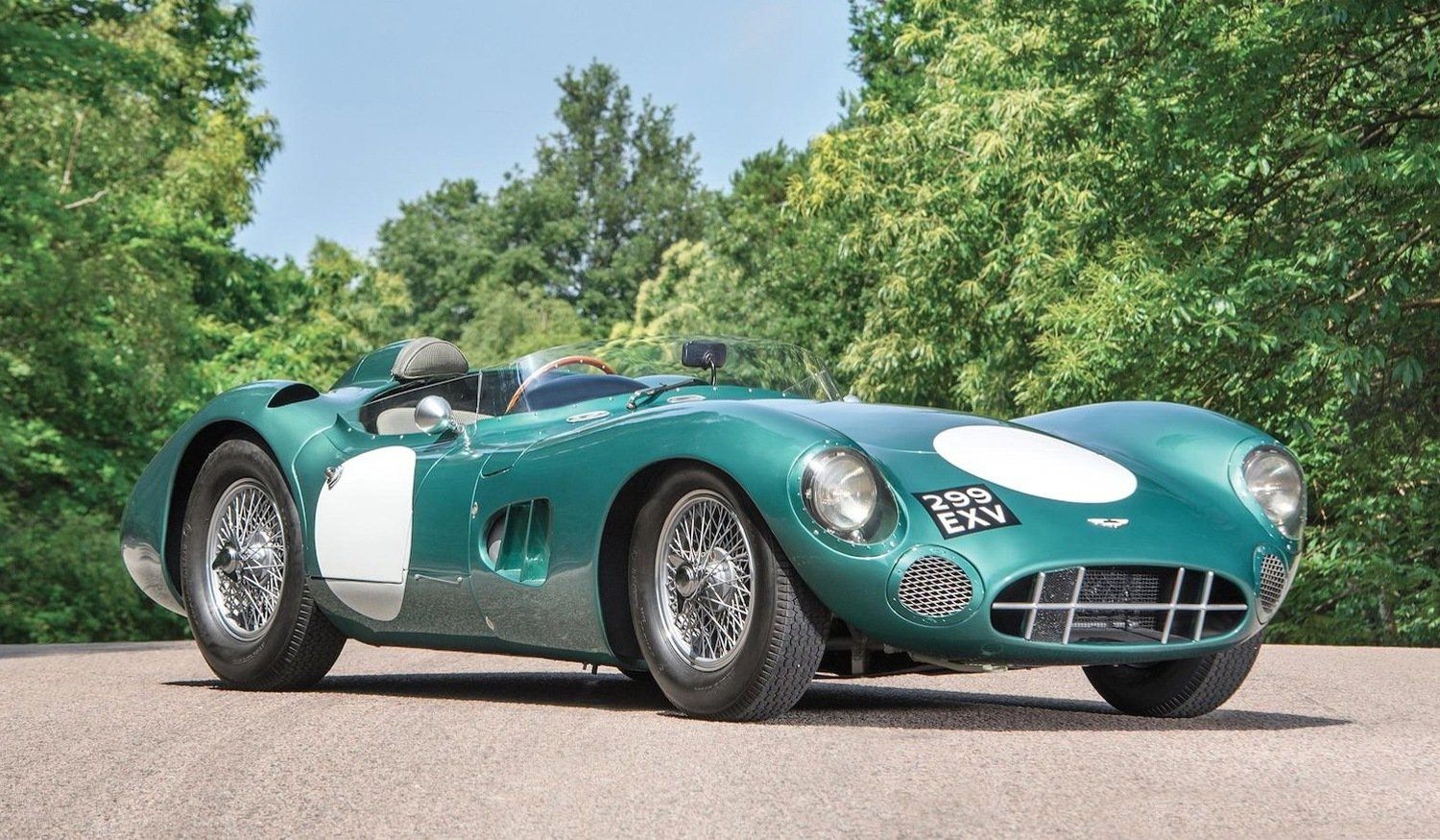At long last, Halloween has finally arrived! From brainstorming spooky costumes to trying out pumpkin carving ideas with our kids, eating unfathomable amounts of Halloween treats, candy, and chocolate and indulging in everything pumpkin-spice-flavored, there's so much to anticipate during this frightfully fun October holiday.
No matter how old you are or how many times you've been around the block, the holiday simply never gets old. The littlest ones get a chance to dress up and go trick-or-treating, and parents have an excuse to sip on a boo-zy Halloween cocktail.
But in the midst of the Halloween party games and sugar rushes, have you ever wondered about the origin and history of Halloween?

Here, we're sharing Halloween's origin and meaning in the hopes that it'll make your celebrations even more enjoyable. After all, this old-fashioned holiday actually dates back many, many years. It's a lot older than you might think! And as for the witches and wizards that you've come to associate with it? They're part of the story, too. Here's the true tale of how Halloween officially came to be.
You already know that Halloween takes place on the last day of October, but here's something you might not know: The word itself literally means "hallowed evening," and was previously known to early European celebrators as All Hallows' Eve. All Hallows' Eve (October 31) and All Saints' Day (November 1) both paid homage to saints ("hallows" = saints). The name was eventually shortened to "Halloween," which we know and love to this day.
The pagan and Christian occasions hadn't always been back-to-back, though. Up until the 7th century CE, All Hallow's Eve fell actually on May 13. Perhaps in an attempt to offset the occasion with a religious celebration, Pope Boniface IV ultimately made the call to change the observance to its current November 1 date.

Why Do We Celebrate Halloween on October 31?
Halloween falls on October 31 because the ancient Gaelic festival of Samhain, considered the earliest known root of Halloween, occurred on this day. It marked a pivotal time of year when seasons changed, but more importantly, observers also believed the boundary between this world and the next became especially thin at this time, enabling them to connect with the dead. This belief is shared by some other cultures; a similar idea is mentioned around the Jewish holiday of Yom Kippur, which also typically occurs in October and involves saying prayers for the dead. This is also where Halloween gains its "haunted" connotations.

The History of Halloween Activities
The early pagan holiday of Samhain involved a lot of ritualistic ceremonies to connect to spirits, as the Celts were polytheistic. While there isn't a lot of detail known about these celebrations, many believe the Celts celebrated in costume (granted, they were likely as simple as animal hides) as a disguise against ghosts, enjoyed special feasts, and made lanterns by hollowing out gourds (hence, the history of jack-o'-lanterns). Over time, as Christianity took over and the pagan undertones of the holiday were lessened, the basic traditions of the holiday remained a part of pop culture every year; they simply evolved and modernized.
The mystical rituals of earlier times evolved into more lighthearted fun and games. For example, the somewhat heavy concept of connecting to the dead was replaced with the more lighthearted idea of telling the future. Bobbing for apples, for example, became popular as a fortune-telling game on All Hallows' Eve: Apples would be selected to represent all of a woman's suitors, and the guy—er, apple—she ended up biting into would supposedly represent her future husband. In fact, Halloween previously posed a huge (albeit rather superstitious) matchmaking opportunity for young women in the 19th century.
Another popular All Hallows' Eve ritual was mirror-gazing, as people hoped to catch a vision of their future by looking into the mirror. There are also reports of fortune-cookie-like favors being given out during earlier times. People wrote messages on pieces of paper in milk, and the notes were then folded and placed into walnut shells. The shells would be heated over a fire, causing the milk to brown just enough for the message to mystically appear on the paper for the recipient.

History of Halloween Costumes and Trick-or-Treating
Many people were said to dress up as saints and recite songs or verses door to door. Children would also go door to door asking for "soul cakes," a treat similar to biscuits. Technical note: Soul cakes originated as part of the All Souls' Day holiday on November 2 (yep, a third holiday!), but eventually became a part of Halloween night as the concept evolved into trick-or-treating. The candy-grabbing concept also became mainstream in the U.S. in the early to mid-1900s, during which families would provide treats to children in hopes that they would be immune to any holiday pranks.

How Halloween Is Celebrated Today
Halloween obviously remains a popular holiday in America today, but it actually almost didn't make it across the Atlantic. The Puritans were disapproving of the holiday's pagan roots, so they didn't take part in the celebrations. But once Irish and Scottish immigrants began to arrive in America in greater numbers, the holiday made its way back into the zeitgeist. The very first American colonial Halloween celebrations featured large public parties to commemorate the upcoming harvest, tell ghost stories, sing, and dance.
It's estimated that by the early 20th century, Halloween was celebrated across North America by the majority of (candy-loving, costume-wearing) people. And this year, once again, we'll all be enjoying our favorite candy and admiring our neighbors' decorations on October 31—and the only spooky spirits we'll be talking about are the witch and ghost costumes our friends are wearing.
Credit: www.countryliving.com


